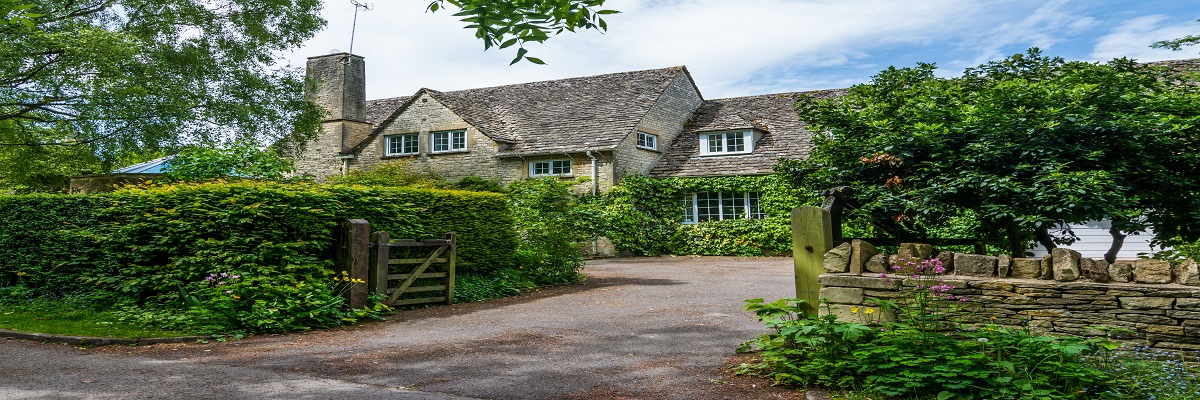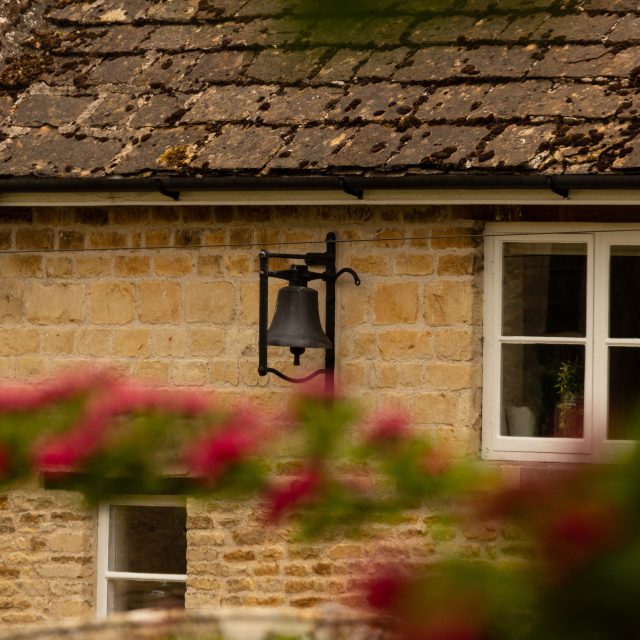Land Business Update | Week Commencing 18 August 2025
Farming & food
Countryside Stewardship Higher Tier – complete the pre-application process to be able to apply
Only people who have been invited to apply, received pre-application advice and completed any preparatory work will be able to apply for the new Countryside Stewardship Higher Tier (CSHT) when it opens for applications in September. Please contact your local farming team if you need any assistance with the process. We expect the scheme to be opened more widely in the future but there is no date for this yet.
Natural capital & environment
Positive changes to Woodland Carbon Code
A new version of the Woodland Carbon Code, the quality assurance standard for UK woodland carbon projects, has been published with the early indications looking like the update will be financially and practically beneficial to land managers. Version 3 was officially launched on 1st August but there is a transition period which that means projects already in development can continue to submit for validation or verification using the previous version until 30th June 2026. Key changes are as follows:
- Allowing small projects up to 10 hectares (up from 5 hectares) to use a streamlined approach,
- Changing the minimum project duration to 40 years to align with international standards.
- Updating data in the additionality cashflow and carbon calculator.
- Revising rules to encourage more projects on crofted land.
Our first impressions of the update are positive. The calculator is now much easier to use and the updated economic data behind it represents a significant improvement. The first project we tested showed an uplift of 3,000 Pending Issuance Units (PIUs), highlighting the potential for the new version to deliver better results than before. Please contact Sasha Laing if you would like to discuss the Code or a project or see our blog here.
Survey on drought resilience of mixed-species woodlands – Forest Research
Scientists at Forest Research are seeking people who have experience of planting, managing or overseeing a tree species mixture to take part in a short survey. It is part of a new Centre for Forest Protection research programme that aims to assess whether planting mixtures improves drought resilience. The findings will be used to provide practical guidance and policy recommendations. Please take part if it is relevant to you. The survey closes on 31 October.
Butterflies are in even greater need of your help – and submit your count to the Big Butterfly Count
The latest data is that butterfly abundance has declined over the long term (1976 to 2024) by 18% and 19% in the UK and England respectively. Species that are habitat specialists have fared worse than generalists, with farmland specialists (-42% UK, -47% England) and woodland specialists (-55% UK, -57% England) both declining significantly, although the woodland butterflies have shown no significant change in the short-term. The data comes from the UK Butterfly Monitoring Scheme, Butterfly Conservation and the UK Centre for Ecology and Hydrology. You can take part in the Big Butterfly Count, which closes on 31st August and only takes 15 minutes and is fun, and there is some great advice on what to do for butterflies and moths in different habitats on the Butterfly Conservation website.
Rural economy & property
Potential tax changes on residential property
The government is reported to be exploring a number of ways of raising more revenue. It is not clear which one, if any, are likely to be proposed.
Capital gains tax
- One proposal is that houses above a certain threshold lose their private residence relief from capital gains tax, with some media (not the government) stating that this could happen above a £1.5m threshold.
- The proposals are controversial, particularly for people who live in high value houses but have modest incomes. They are also likely to deter people from moving from high value houses. The Building Societies Association which represents 42 lenders has warned of this, as well as many estate agents.
- The previous government reduced the rate of CGT on residential property disposals from 28 to 24%, based on the assumption that it would increase transactions and so increase tax take.
Stamp duty (and council tax)
- Another proposal is to replace stamp duty, which is considered to deter labour mobility and economic productivity, with a new tax on property transactions. The proposals were originally made by the centre right Onward think tank / LSE in 2024.
- Stamp duty could be replaced with two annual tranches of tax.
- First / local authority tranche – a tax of 0.44% could be charged by local authorities on the value of a house between £800 and £500,000 (so a maximum of £2,196 a year).
- Second / central government tranche – an additional 0.54% would be charged on a house’s value above £500,000, with possibly a higher rate of 0.81% over £1m reported in the media. Someone with a house worth £1m would pay £4,896 a year.
- The charges would only be paid on houses bought after the changes were introduced.
- The 5% stamp duty surcharge for additional homes could remain and those owners would not pay the annual charges.
- Longer-term, this type of approach could also replace council tax. The first tranche to local authorities may be an element of this.
- The Times reports that government sources have said that the threshold for the second charge would have to be far higher than £500,000 to avoid slowing housing market transactions.
- This type of approach has been advocated by the campaign group Fairer Share. Analysis of the Fairer Share proposals by The Times found that 83% of homeowners in England would pay less under a 0.48% annual property tax, which was the level proposed by Fairer Share and which is slightly different to the above, than they did under the current council tax system.
Significant reform of property taxes is also supported by some economists, including the Institute for Fiscal Studies, which has described the current system as “out of date and arbitrary” and ripe for reform. The Institute for Public Policy Research also supports reform because of the unfairness of the existing system.
Damp and mould in houses
Damp and mould can cause significant health risks, including allergic reactions, coughing, asthma, and other respiratory issues. It can also cause damage to buildings and increase maintenance costs. The Renters Rights’ Bill is likely to introduce strict property quality standards and change how damp and mould in houses is dealt with by extending Awaab’s Law to the private rented sector. Strict deadlines on how to log, investigate, classify (as standard or urgent) and take action are likely to be introduced. S&P has developed a process for dealing with damp issues and please contact Gulliver Hedley, our Health and Safety Manager, if you would like to discuss it.
Record amount of renewable energy given consent in Q2 2025
More than 16.1 gigawatts of new renewable energy capacity was given permission, almost triple the amount granted in the previous year. It is for 323 projects. In addition, there is a surge in applications for large-scale batteries to help balance electricity supplies with more than 100 planning applications in Q2, with a potential capacity of 8.4GW, more than twice as much as in the same quarter last year. This is positive and brings the total battery capacity applied for in the year to June to 30GW, which is more than the GB national target of 23-27GW of battery storage by 2030.
New biosecurity requirements for game birds being introduced due to heightened risk of avian flu
The additional requirements are being introduced due to more new cases in the last few weeks, including in coastal areas, in game birds and in areas with a significant number of shoots. They include covering feed and water points, to protect them from wild bird droppings, and some other requirements. Currently, the whole of Great Britain is an avian influenza (AI) prevention zone, meaning that all bird keepers have to enforce strict hygiene standards. The chief vet has said that many shoots are already doing this but not all, hence the additional requirements.
In the past, AI has mainly been associated with winter but there have been more cases in the summer in the past two years. The level is risk is assessed weekly and has just been raised. The RSPB has said that no game birds should be released this year due to the heightened risk. The government is monitoring whether to introduce regional requirements to house all poultry and the chief vet warned that this may happen. She mentioned concerns about East Anglia and the southwest in particular.






